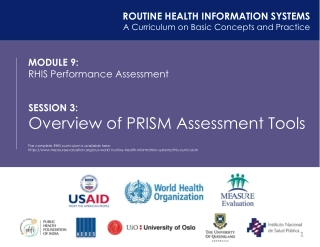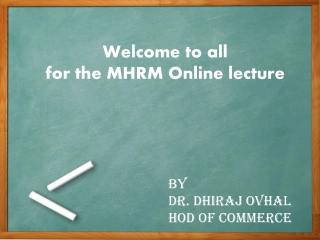Understanding Condensed Milk: A Comprehensive Overview
Condensed milk is cow's milk from which water has been removed, typically found with added sugar. There are two types: unsweetened and sweetened condensed milk. The product has a long shelf-life due to its high sugar content. It is used in various dessert dishes worldwide and can be a substitute for breast milk. Learn about the differences between the two types and how condensed milk is preferred in certain regions for coffee or tea.
Understanding Condensed Milk: A Comprehensive Overview
PowerPoint presentation about 'Understanding Condensed Milk: A Comprehensive Overview'. This presentation describes the topic on Condensed milk is cow's milk from which water has been removed, typically found with added sugar. There are two types: unsweetened and sweetened condensed milk. The product has a long shelf-life due to its high sugar content. It is used in various dessert dishes worldwide and can be a substitute for breast milk. Learn about the differences between the two types and how condensed milk is preferred in certain regions for coffee or tea.. Download this presentation absolutely free.
Presentation Transcript
Food Technology 2st Stage Lab2: Condensed Milk Mrs.chnar
Condensed milk The method of preserving milk by sterilizing evaporated water in milk in containers was developed at the beginning of the 1880s.The method of preserving evaporated milk by the addition of sugar had been perfected by an American
Condensed milk is cow's milk from which water has been removed (roughly 60% of it). It is most often found with sugar added, in the form of sweetened condensed milk (SCM), to the extent that the terms "condensed milk" and "sweetened condensed milk" are often used interchangeably today.[1] Sweetened condensed milk is a very thick, sweet product, which when canned can last for years without refrigeration if not opened. The product is used in numerous dessert dishes in many countries.[2]
A distinction is made between two different types; unsweetened and sweetened condensed milk. Both products can be made from fresh milk or recombined milk (milk powder, fat and water) Unsweetened condensed milk (also called double concentrated milk) is a sterilized product, light in colour and with the appearance of cream.
Unsweetened condensed milk is also used as a substitute for breast milk. In this case, vitamin D is added Sweetened condensed milk is basically concentrated milk, to which sugar has been added. The product is yellowish in colour and high viscous. The high sugar concentration in sweetened condensed milk increases the osmotic pressure to such a level that most of the microorganisms are destroyed.
This product is not heat treated after packaging as its high sugar content preserves it for a long shelf-life. The sugar concentration in the water phase must not be less than 62.5 % or more than 64.5 %. At the latter level. In fact, it's also known as unsweetened condensed milk. Being a type of concentrated milk, evaporated milk has a higher nutrient concentration than fresh cow's milk, which gives it its characteristic creamy texture. It also has a higher mineral content.
In parts of Asia and Europe, sweetened condensed milk is the preferred milk to be added to coffee or tea. Many countries in Southeast Asia, such as Vietnam and Cambodia, use condensed milk to flavor their hot or iced coffee. In Malaysia and Singapore, teh tarik is made from tea mixed with condensed milk, and condensed milk is an integral element in Hong Kong tea culture
STANDARDIZATION Condensed milk is marketed with a stipulated content of fat and dry solids. The figures vary with the applicable standard, but are normally 7.5 % fat and 17.5 % solids- non-fat. This product is often called double concentrated milk (25 % total solids). Another common standard is triple concentrated milk with 33 % total solids (often 4 10% fat content).
The heat treatment is intense: This results in a light brown colouration, because of chemical reactions between the protein and the lactose (Maillard reaction or browning reaction). Stages in the manufacture of sweetened condensed milk: Addition of sugar and evaporation Cooling to about 30 C
subsequent cooling to 15 18 C (sugar crystallization) Canning (or packing)




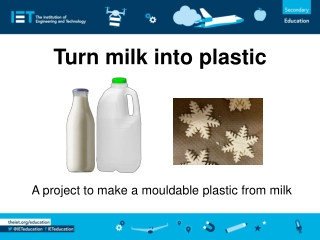
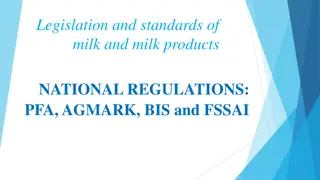
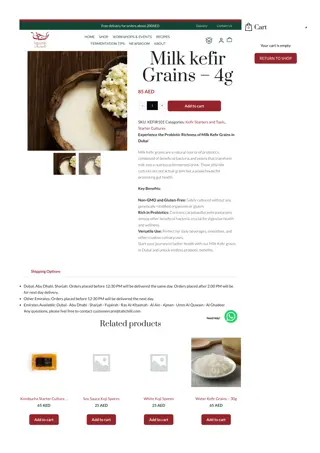
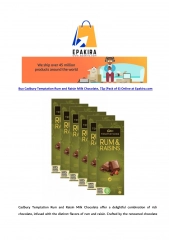





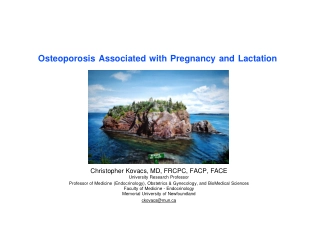













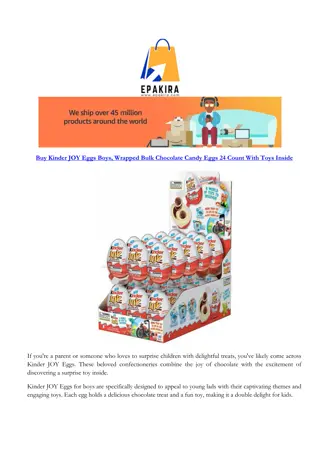
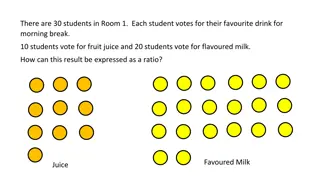
![❤[READ]❤ Deep Space Craft: An Overview of Interplanetary Flight (Springer Praxis](/thumb/21511/read-deep-space-craft-an-overview-of-interplanetary-flight-springer-praxis.jpg)

